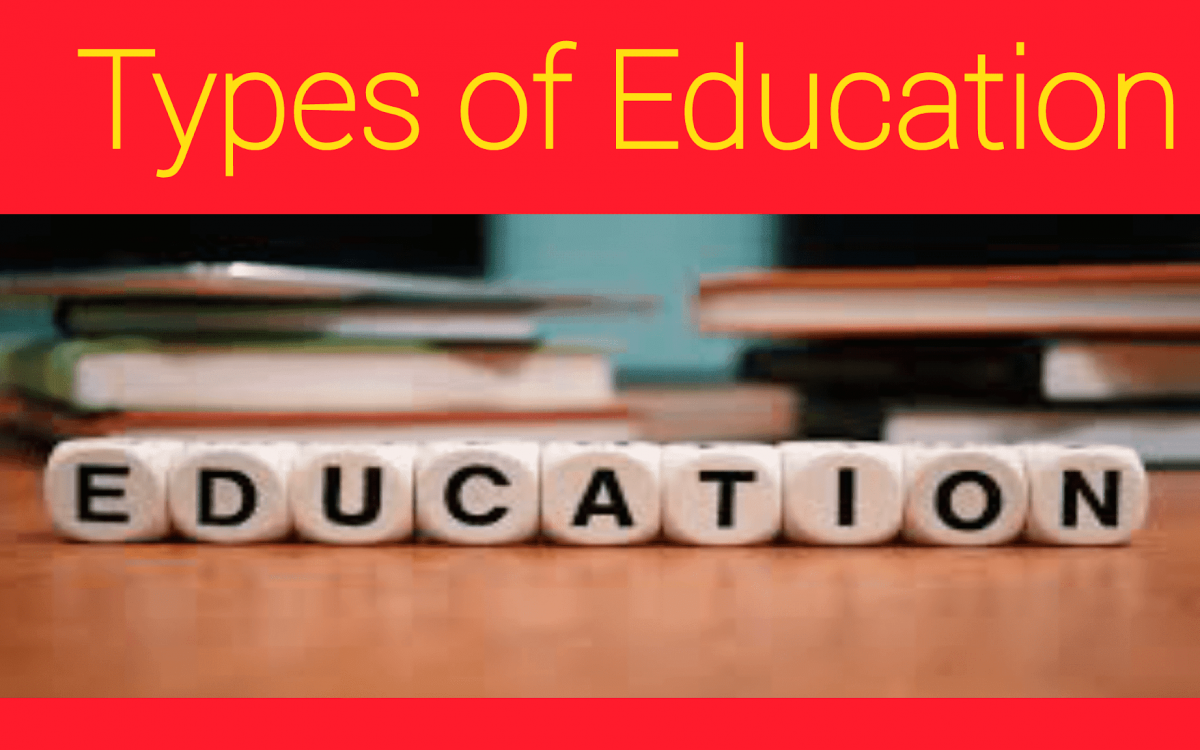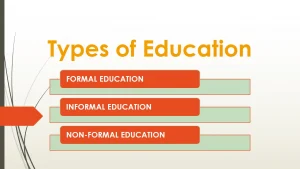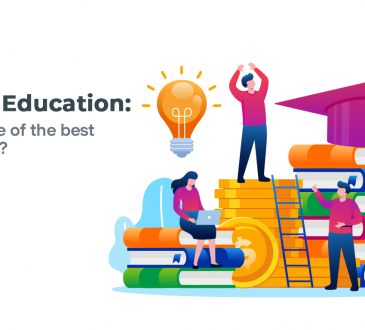What Are 7 Types Of Education? The detailed information included
What Are 7 Types Of Education? Most of the time, there are many different kinds of schooling available in any country. There are normally standards established so that there are counterparts that allow individuals to continue their education even in another country, even if some educational systems in other nations have distinct methods from ours.
However, education is not just available in the ways you may imagine. Prior to the educational system, What Are 7 Types Of Education? Only aristocratic children who were instructed by tutors approved by their parents had access to education. The right of a kid to attend school is now protected by law. Even yet, there are several forms of education depending on whether a student receives their education in a formal or informal environment, as well as the various educational levels that range from preschool to the highest degrees of education.
Now we begin to learn more about What Are 7 Types Of Education, including Formal Education, Informal Education, Non-Formal Education, Special Education, Preschool, Primary Schooling, and Secondary School. Let’s explored each type of Education.
Contents
What Are 7 Types Of Education?
1. Formal Education
You may state that you’ve received a formal education if you’ve gone through the present regular educational process, whether it came from a public or private school. This is the methodical process in which a person enrolls at a college or university and receives instruction from professors who are qualified to instruct her on the material you need to know.
Although there are many different kinds of schools (sectarian, non-sectarian, co-ed, all-boys, or all-girls), the fact that you attended one indicates that you were given the same lessons that students at other schools get. While there may be some differences (a private Catholic school might teach religion while a public school might not), all schools are required to meet a certain standard of excellence based on things like how well students perform on standardized tests when compared to other schools.
2. Informal Education
Children’s learning methods outside of the classroom are referred to as informal education. Informal education is also possible for a youngster in a traditional formal educational system. For instance, by going to school, a youngster can receive a formal education during class time. They participate in organizations like clubs or team sports after school that help them learn new skills. This is a sort of informal education. Additionally, it is deemed casual if the class goes on a field trip to a museum, library, or another educational location.
Even anything as basic as a parent educating their child in passing counts as informal education. An illustration of informal education would be when an adult teaches a youngster how to tie their shoelaces in under five minutes. In general, everything that takes place outside of a classroom and is instructed by a person who has not had official teacher training falls under the category of informal education.
3. Non-Formal Education
What Are 7 Types Of Education? The next kind of education is non-formal. The right mix of formal and informal education is non-formal learning. Although there is a type of structured learning, formal learning does not have an authorized curriculum or a certification. In contrast to informal learning, which occurs haphazardly, it is also more regimented.
Young children’s swimming lessons, sports leagues, Boy Scouts and Girl Scouts, adult education programs, sports leagues, and seminars are a few examples of this. These offer all the advantages of both formal and informal learning while enhancing skills and piquing interest.
4. Special Education
Classes for children with particular needs and peculiarities who might find it difficult to meet the strict requirements of typical formal education are known as special education (also known as SPED). Contrary to common assumption, this isn’t just for kids with developmental problems like those who are autistic; it can also help students who have dyslexia, ADHD, physical disabilities, and other disorders that would make it difficult for them to study in a conventional classroom.
In the US, 2.4 million kids struggle with learning issues. A student must have a certified handicap and require SPED in order to acquire general education in order to be eligible for SPED instruction. This does not imply, however, that kids with impairments will spend their whole time in a school segregated from kids in ordinary courses. In certain cases, kids enrolled in formal education and those receiving special education services might be in the same courses.
5. Preschool
Preschool is the initial educational level when it comes to the many sorts of schooling. Pre-primary education sometimes referred to as kindergarten or kindergarten, is provided to young children beginning in their early years before they start attending primary schools as a requirement. These may be run either publicly or privately with financial assistance from the government.
The origin of preschool may be traced back to the mid-18th century when only children who could read and write were permitted to attend school. The first institutions for caring for and teaching young children while their parents were out at work were established in 1779 as a result of this making education unavailable to children of lower-class households whose mothers worked in factories. Since then, the practice has become widespread.
Because there are varying requirements for when a kid should begin their education, preschools are known by different names across the world. Preschool is entirely optional in certain nations; parents can skip it entirely if they can guarantee that their kid is proficient in reading, writing, and other essential abilities by the time they are six years old or when they must officially begin primary school. However, starting a child’s education as early as two years old is mandated by law in other nations.
6. Primary School
What Are 7 Types Of Education? The sixth kind of education is primary school. Students who finish kindergarten attend elementary school from the ages of 6 to 13. To prepare children for secondary school, this phase of their education teaches them key abilities including reading, writing, arithmetic, and other general information.
7. Secondary Schooling
Lower secondary education (also known as “middle school”) and upper secondary education (often known as “high school”) may be separated from this, however other educational systems may simply combine them into a generic high school system. This is a level above primary school because in addition to learning more advanced general knowledge than what is initially taught to students in elementary school, students can also begin learning vocational topics that can be helpful as a springboard for their chosen career after high school or as a foundation for tertiary education.
Students in the United States must attend high school from the ages of 13 to 18. You may choose to drop out if you are 18 years of age or older, or if you are still a minor but your parents will let it and you meet the requirements. Truancy is the simple act of deciding to leave school without giving notice; it can result in placement in the juvenile justice system or criminal charges against your parents.
Conclusion:
What Are 7 Types Of Education? These are only a few of the several types of education that are offered. It is recommended to speak with a teacher or guidance counselor to determine the best possibilities for your or your kid’s professional objectives if you want to learn more about the potential educational pathways you wish to follow for yourself or for your child. Thank you for reading our article to learn about What Are 7 Types Of Education.






